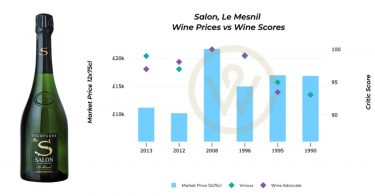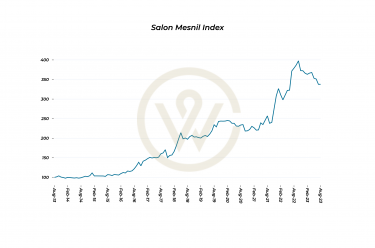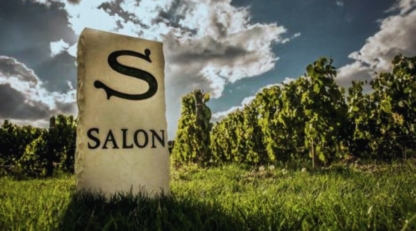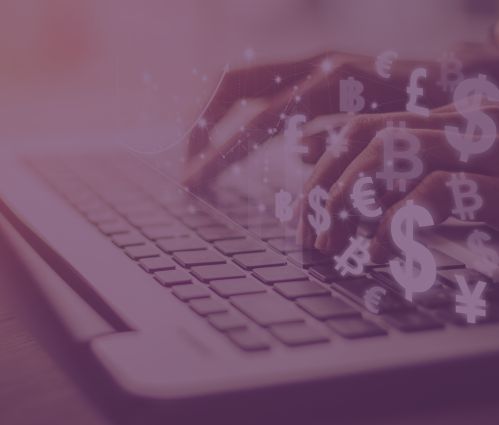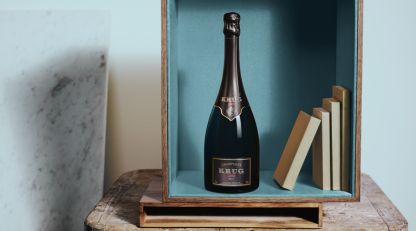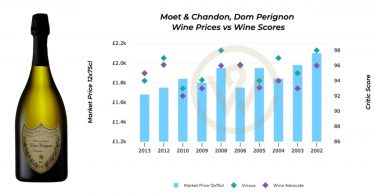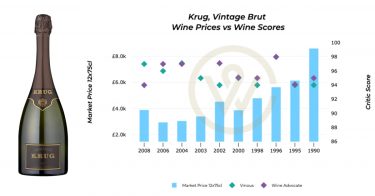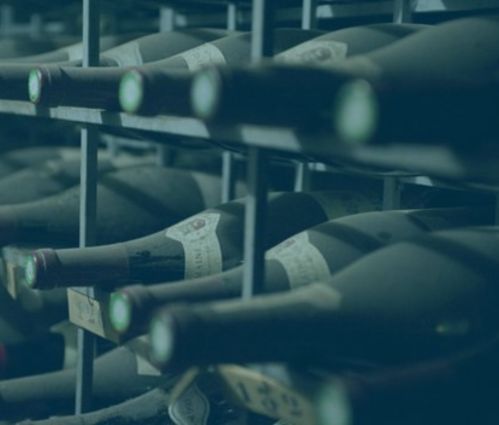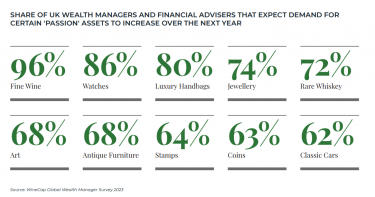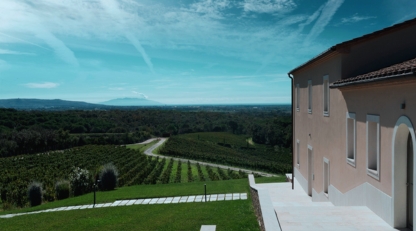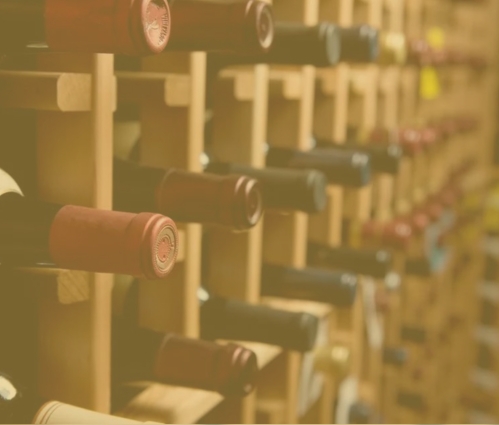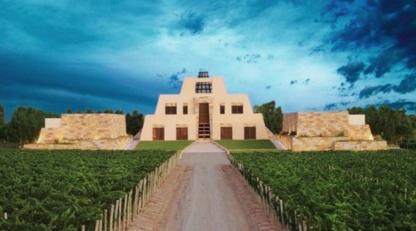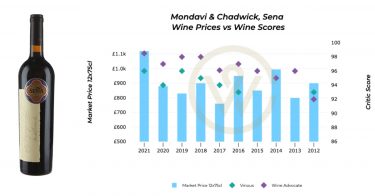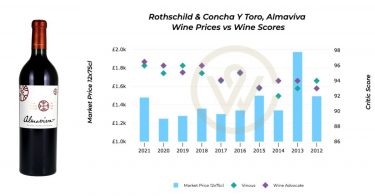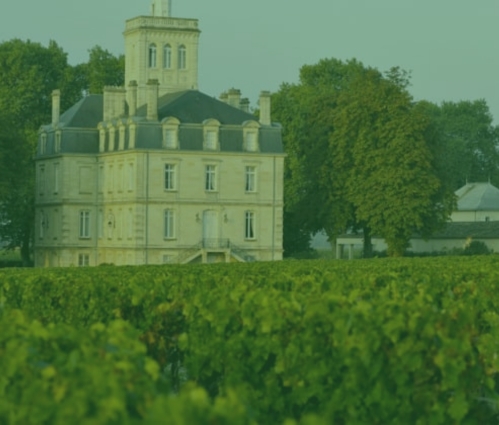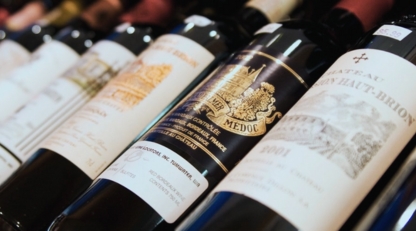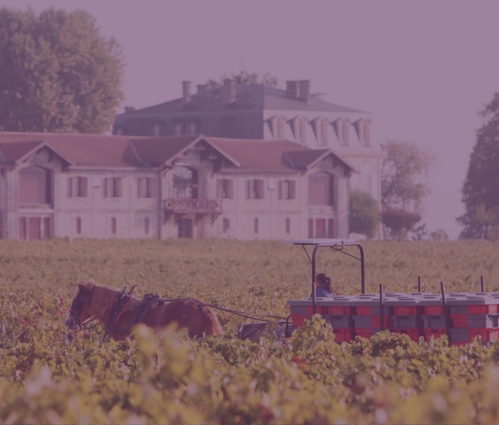- The 1855 Bordeaux Wine Classification continues to serve as a touchstone that has shaped not only Bordeaux but also global perceptions of what constitutes a ‘fine wine’.
- Wine-producing regions worldwide have developed their own unique classification frameworks, based on quality, price, and terroir.
- Wine classifications serve as guides to quality standards, geographical origins, and historical context.
Wine classifications play a vital role in the wine industry. They provide a roadmap to understanding quality, origin, and prestige, offering guidance to consumers, collectors, and investors navigating an increasingly complex global landscape. Among all classification systems, none has shaped the perception of “fine wine” more enduringly than the 1855 Bordeaux Classification. Commissioned under Napoleon III, this historic ranking has influenced not only the wines of Bordeaux but also the way quality is defined in wine regions around the world.
While many wine-producing countries have since developed their own approaches, the 1855 hierarchy remains a benchmark – a symbol of excellence that continues to carry weight in the market nearly 170 years later. As the global wine industry has evolved, these classification systems have continued to adapt, offering insight into tradition, terroir, and changing consumer tastes.
The enduring legacy of the 1855 Bordeaux Wine Classification
The Bordeaux Wine Official Classification of 1855 was commissioned by Napoleon III for the Exposition Universelle de Paris, a world fair showcasing France’s greatest achievements. The task was assigned to the Bordeaux Chamber of Commerce, which relied on brokers to organise a ranking of the region’s top wines based on their historical reputation and trading prices – effectively the earliest form of market data-driven classification.
Focusing on the prominent estates of the Left Bank, particularly the Médoc (with the exception of Château Haut-Brion in Graves), the system divided châteaux into five tiers:
-
Premier Cru (First Growth)
-
Deuxième Cru (Second Growth)
-
Troisième Cru (Third Growth)
-
Quatrième Cru (Fourth Growth)
-
Cinquième Cru (Fifth Growth)
The classification also included the sweet wines of Sauternes and Barsac, acknowledging their exceptional global reputation. The top honour in this category went to Château d’Yquem, which was placed alone in the rank of “Premier Cru Supérieur”.
Remarkably, the classification has remained largely unchanged. Its most significant revision occurred in 1973, when Château Mouton Rothschild was elevated from Second Growth to First Growth – a shift famously summed up by Baron Philippe de Rothschild’s quote: “First I am, second I was, Mouton does not change.”
Although revered, the system has also attracted criticism. Critics argue that basing the classification on 19th-century trading prices does not reflect modern winemaking improvements, changes in terroir management, or evolving stylistic preferences. The global wine exchange, Liv-ex, has created a similar classification that uses price alone to determine a hierarchy of the leading fine wine labels in the market.
The economic weight of the 1855 Classification
Today, the five First Growths – Château Lafite Rothschild, Château Latour, Château Margaux, Château Haut-Brion, and Château Mouton Rothschild º remain among the most recognised wines in the world. Their placement in the classification directly correlates with their position in the market:
-
They dominate indices such as the Liv-ex 50
-
They command significant global demand, particularly in Asia and the US
-
Their brand prestige drives price stability during global economic shifts
-
Their wines are among the most frequently traded worldwide
The classification also influences land values in Bordeaux. Vineyards designated as crus classés hold significantly higher economic value compared with non-classified properties, shaping investment, production decisions, and estate strategy in the Médoc and beyond.
The Saint-Émilion Classification
Bordeaux’s Right Bank offers a completely different approach through the Saint-Émilion Classification, first introduced in 1955. Unlike the 1855 system, Saint-Émilion’s rankings are revised approximately every ten years, giving producers the opportunity to move up or down the hierarchy. Its tiers include:
The dynamism of this model fosters competition, encouraging châteaux to innovate, invest in vineyards, and elevate their winemaking standards.
However, the classification has experienced its share of controversy. The most notable recent development was the withdrawal of three top estates – Châteaux Ausone, Cheval Blanc and Angélus – from the classification amid disputes over evaluation criteria. This highlighted the tensions between heritage, modern wine styles, and market realities.
Despite these challenges, the Saint-Émilion system offers a compelling alternative to Bordeaux’s more rigid 1855 structure, showcasing a model that evolves with the industry.
Classifications beyond Bordeaux
Burgundy’s Cru System: Terroir above all
Burgundy’s classification differs dramatically from Bordeaux’s estate-based approach. Rather than ranking producers, Burgundy organises quality according to vineyard sites, rooted in centuries of understanding terroir:
-
Grand Cru – the most exceptional sites
-
Premier Cru – vineyards offering high-quality and distinctive character
-
Village – wines from specific villages with recognised identity
-
Regional – broader appellations such as Bourgogne AOC
Because vineyard parcels are frequently divided among multiple growers, two bottles from the same vineyard may vary widely depending on the winemaker. This creates a classification system that highlights terroir purity but also introduces complexity for consumers.
Burgundy’s terroir-centric model has deeply influenced New World regions such as Oregon, New Zealand, and Australia, where producers often refer to vineyard “blocks” or “crus” to differentiate their best sites.
Germany’s VDP Classification
Germany’s Verband Deutscher Prädikatsweingüter (VDP) has developed a quality system inspired partly by Burgundy’s model. Its highest tiers include:
These designations highlight vineyards capable of producing world-class Riesling and other varieties. Additional layers address sweetness levels and stylistic diversity within German wine culture.
Italy’s Barolo and Barbaresco Crus
Italy’s famed Barolo and Barbaresco regions utilise an unofficial but widely recognised cru system that distinguishes vineyard sites based on terroir. While not supported by a formal hierarchy, these vineyard names – such as Cannubi, Brunate, and Rabajà – are understood to convey prestige and quality.
In 2010, Barolo introduced the Menzione Geografica Aggiuntiva (MGA), formalising many of these vineyard distinctions and bringing greater clarity to the region’s terroir identity.
Portugal’s Douro Classification
The Douro region, home of Port wine, boasts one of the world’s earliest classification systems, dating back to 1756 – nearly a century before Bordeaux’s. This system evaluated vineyard sites by potential quality, considering factors such as altitude, soil richness, and slope steepness.
Its long history makes the Douro system a precursor to modern terroir-based classifications that exist across Europe today.
Concluding thoughts
The 1855 Bordeaux Classification stands as one of the most influential frameworks in the history of fine wine. Its impact extends far beyond the Médoc, informing global perceptions of quality and influencing the classification systems that followed. Meanwhile, more dynamic models such as the Saint-Émilion rankings and Burgundy’s Cru system highlight that flexibility and terroir expression also have an important place in the wine world.
From Europe to the New World, classification systems continue to shape how we understand, value, and enjoy wine – serving as both historical artefacts and modern benchmarks in an ever-changing industry.
WineCap’s independent market analysis showcases the value of portfolio diversification and the stability offered by investing in wine. Speak to one of our wine investment experts and start building your portfolio. Schedule your free consultation today.
